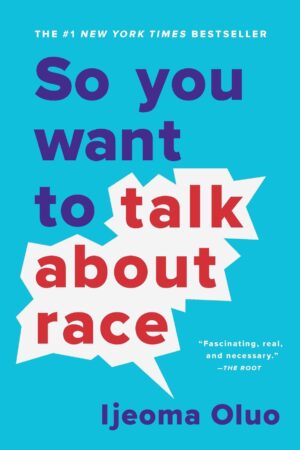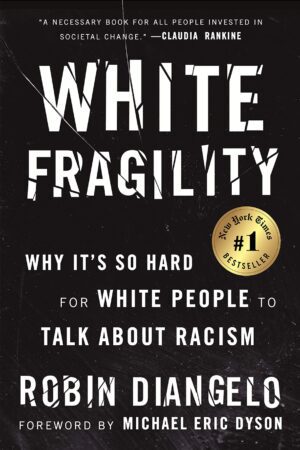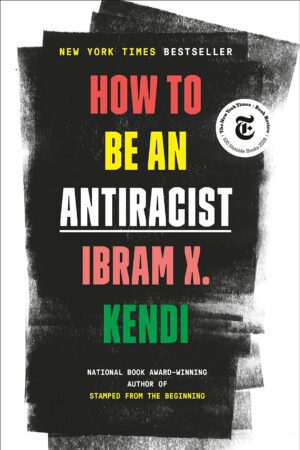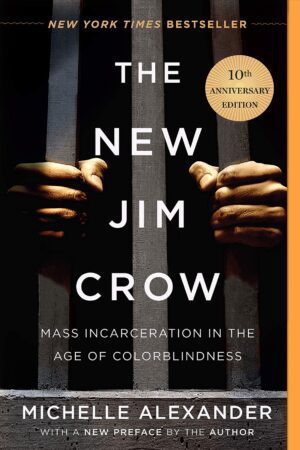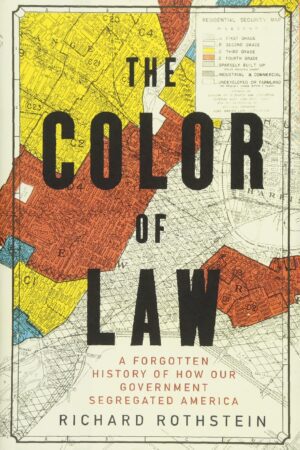Child Corner
When talking to children, it can be helpful to have stories and books to help with your conversation. Here are a handful of options.
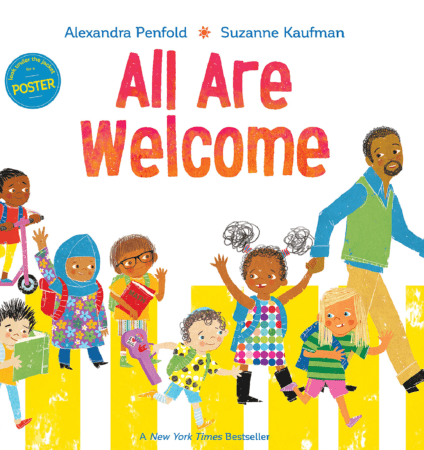
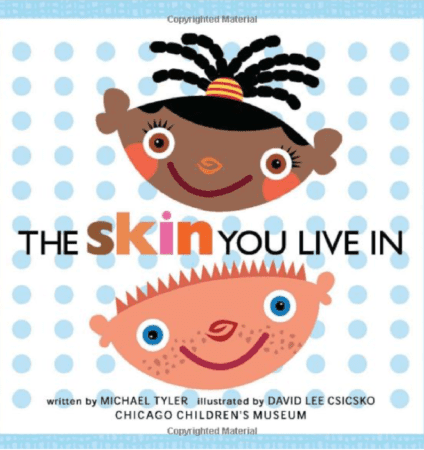
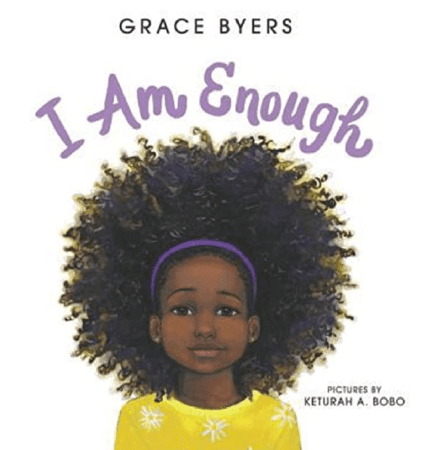
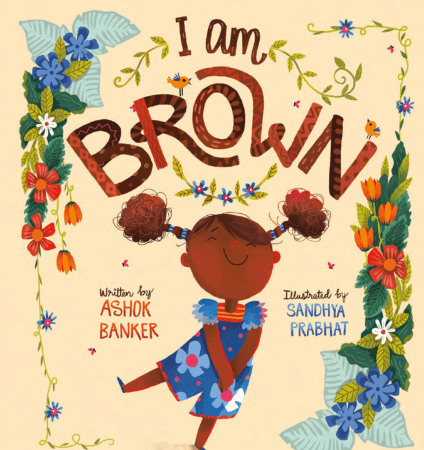
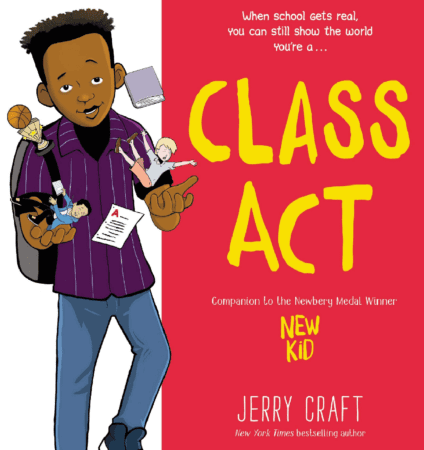
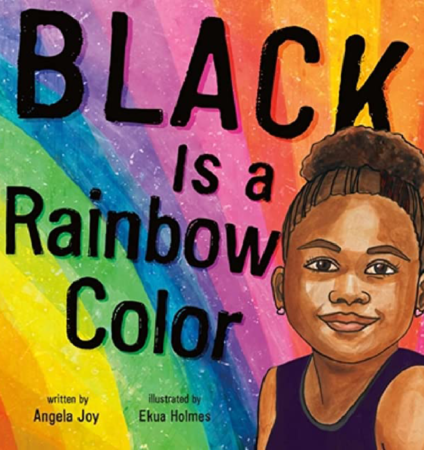
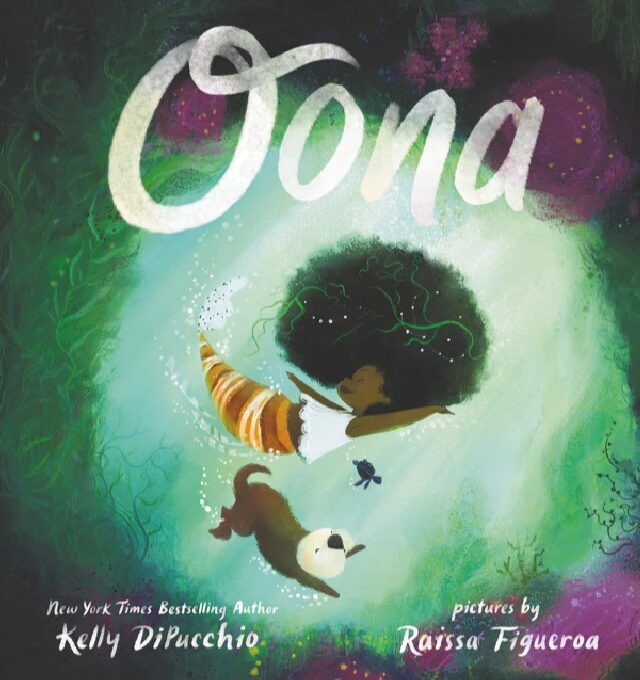
Diverse Book Finder
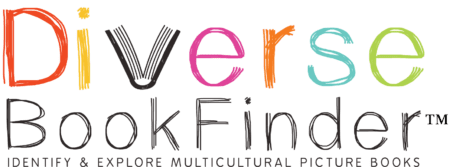
Diversebookfinder.org is a comprehensive collection of children’s picture books featuring Black and Indigenous people and People of Color (BIPOC) since 2002.
They have collected and analyzed more than 3000 picture books.
Checklist for Reading Children’s Literature
This checklist was created by Biracial Bookworms and is based on the Guide for Selecting Anti-Bias Children’s Books. It is designed to help you verify for yourself whether a book is using an anti-bias lens.
- Check the Illustrations: Look for common harmful/undermining stereotypes
- Look for Tokenism: This is the “one only” message. Regularly seeing only “one” person of any group in a book teaches young children about who is more/less important.
- Look for Invisibility: What children do not see in their books also teaches them about who matters and who doesn’t in our society.
- Check the Story Line and the Relationships Between People: Even if a book shows visual diversity, the story line may carry biases related to how it handles power relationships among people of various identities.
- Look at Messages About Different Lifestyles: Check to see if there are negative value judgements implied about ways of life that differ from the dominant culture or economic class.
- Consider the Effects on Children’s Self and Social Identities
- Look for Books About Children and Adults Engaging in Actions for Change
- Consider the Author’s or Illustrator’s Background and Perspective.
- Watch for Loaded Words.
- Look at the Copyright Date.
- Assess the Appeal of the Story and Illustrations to Young Children.
- Check for age appropriateness.



